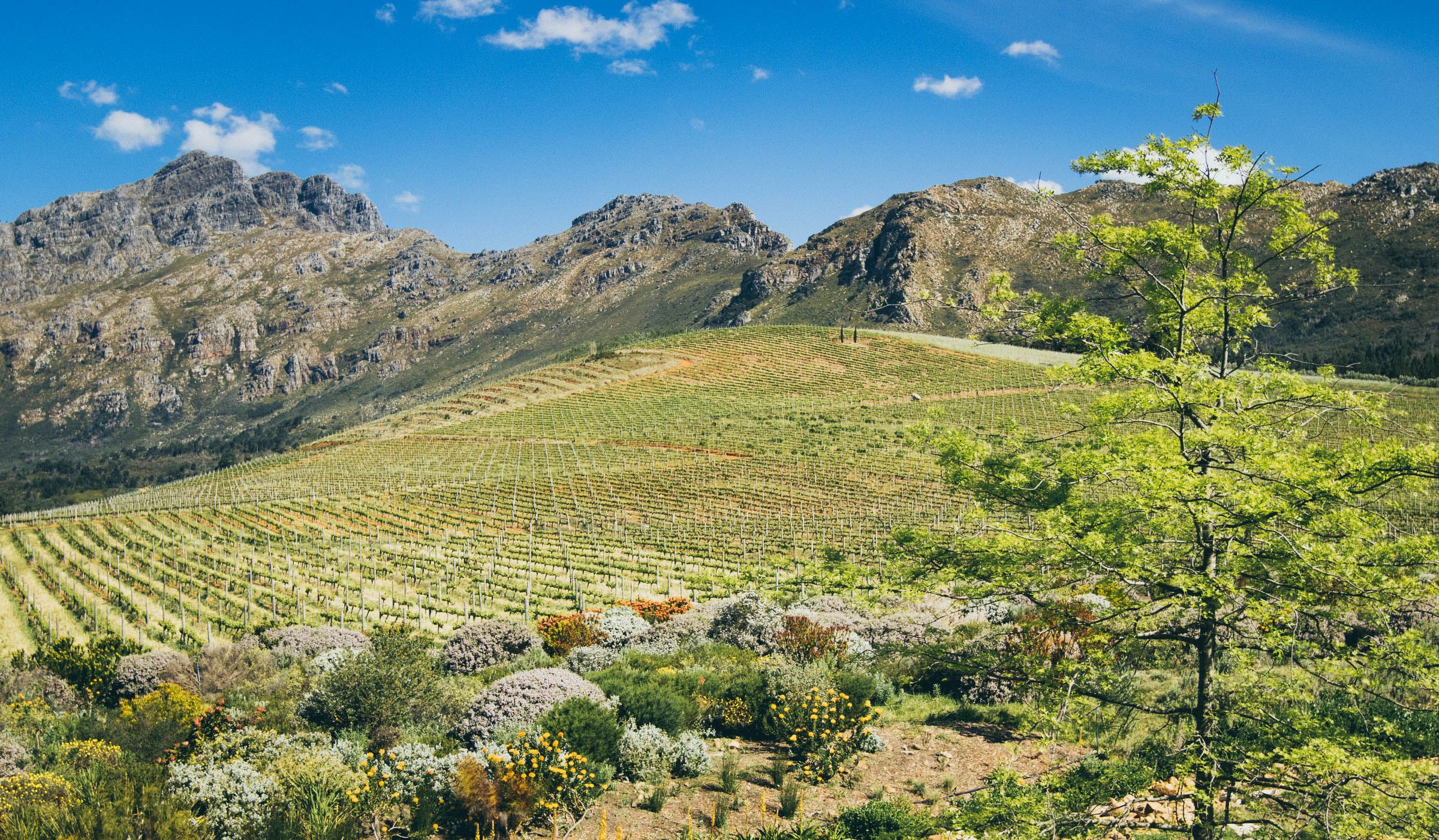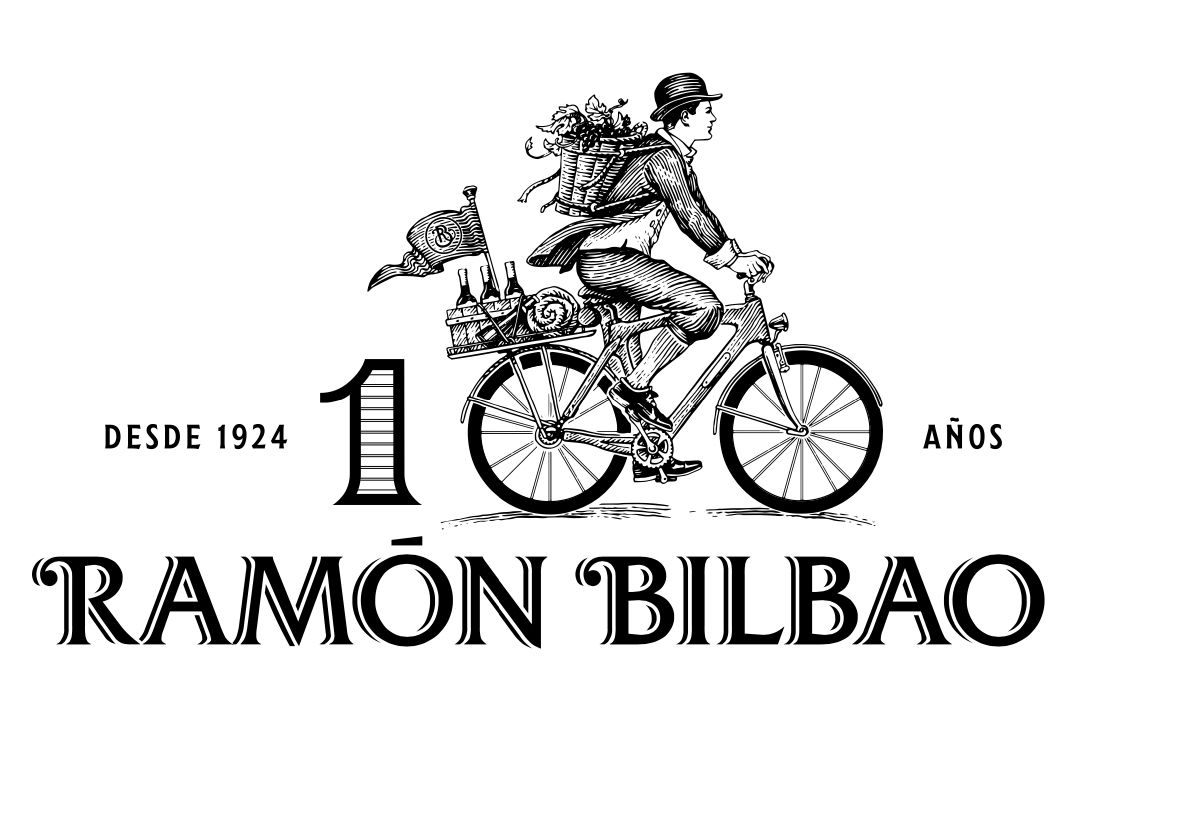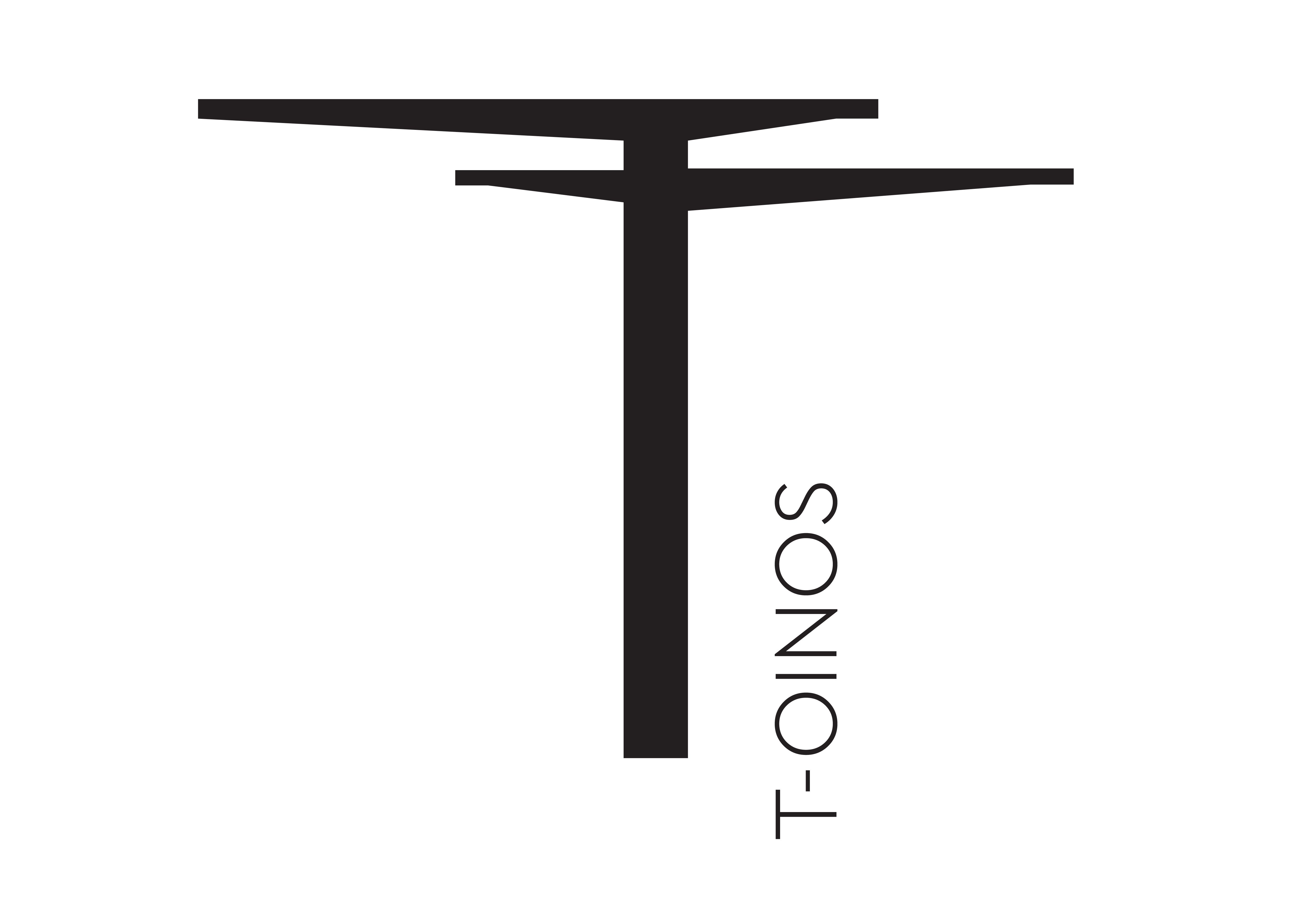Nic van Aaarde joined Oldenburg in 2018 after many years leading the winemaking at Warwick Wines and is now set on helping it become one of Stellenbosch’s rising, and emerging stars.
Wandering the aisles of last month’s Cape Wine it was hard to know where to stop and shine the light on any particular producer. Such was the consistency and quality of wine on show.
Those who singled out Oldenburg for particular attention were well rewarded with a range of wines that not only made clear this was a producer on the rise, but how are playing their part in pushing buyers’ attention on the potential merits that the Banghoek Valley can now offer.
A sub-region of Stellenbosch that has quietly attracted a lot of investment over the last 20 years, which is now, in turn, turning the heads of buyers, critics and journalists alike. For just down the road is Capensis and where California’s Jackson Family Wines has chosen to roll its dice out of all the sites it could have chosen in the Western Cape. It is also the valley where Thelema has made its name.

The stunning Banghoek Valley provides a unique micro climate for Oldenburg Wines
So what makes the Banghoek Valley such a promising place to make wine? Well according to Oldenburg’s own website it “offers a perfect storm of undulating hills, cool maritime influences, and diverse soil composition” all of which combine to make “the region’s unique terroir”.
Oldenburg has planted its initial15 hectares of vines at between 300-450m and is using that higher elevation to make cool climate-influenced wines that make the most of the cooling breezes and temperatures that sweep the valley at night, allowing for longer, steadier ripening times.
It is now undergoing further plantings and hopes to eventually take the estate up to 26 hectares. It is a great opportunity, says van Aarde, to learn and use the experiences from the last 20 years to then go out and “cherry pick” the right planting materials and clones to use.
He says: “I was working for a bigger more commercial brand before and wanted to get more hands on with the winemaking and spend more time in the vineyards. Oldenburg was the perfect fit as a boutique producer focused heavily on quality. Oldenburg took the next big step and built a new state of the art winery on my joining.”
He says it will need to buy into some quantities of grapes in the coming years to make up for the shortfall in volumes this year. “We work very closely with our growers and audit them all. But eventually we will be on our own.”
The winery itself is situated in the heart of the valley and is surrounded on all sides by the imposing Dwarsberg and Jonkershoek mountain range that sits a mile high all around it – providing protection but also allowing for maximum sun hours as it is not in the shadow of the mountains. Oldenburg even has its own hill, Rondenkop, that sits in the middle of the estate, offering a 360 view of its surroundings.
“If you have ever been into the Banghoek Valley of Stellenbosch you will understand why the valley is so mystical,” explains van Aarde. “We have some of the highest altitude vineyards in Stellenbosch, the valley is surrounded by mountains and Rondekop, the elevated hill where we grow our grapes, offers a variety of soil types aspects and slopes. The wines from Banghoek show elegance and reflect the cool climate from this mountainous area.
Micro climate
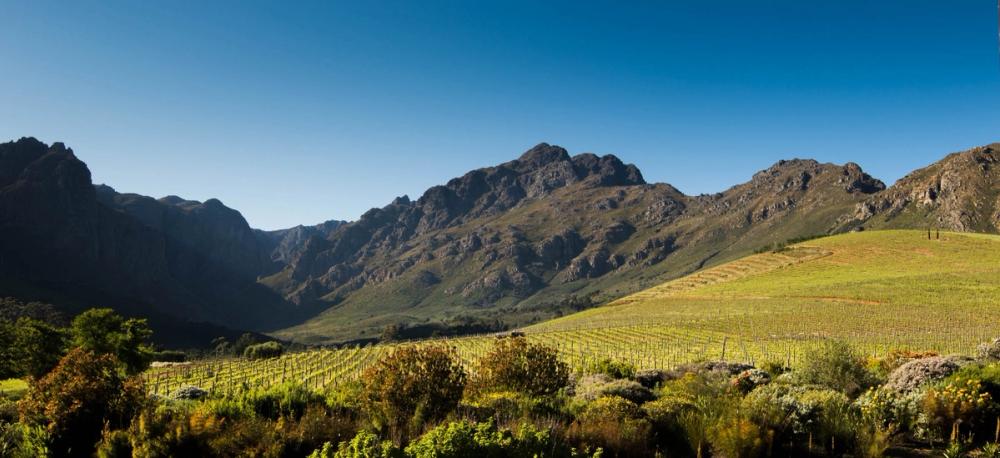
The mountain range that surrounds Oldenburg
All of which helps to create the unique micro climate and terroir that is ideal for Chardonnay, Chenin Blanc and Cabernet Franc that can flourish on its rich red soils and decomposed granite which help bring a minerality to the wines, says Van Aarde.
“My mission is to let the terroir talk,” he says and get away from what was too much extracted fruit and barrel influence in the past.
He works with the viticultural team to document the various soils, slopes, aspects and microclimate so that together then can “create a blueprint for every vine parcel” making sure they work to earlier picking times to maximise the freshness and acidity in the grapes.
He says he has been able to bring a lot of what he learnt at Warwick Wines to Oldenburg and is very much of the less is more school when it comes to winemaking and follow minimum intervention practices as much as he can.
“We want the coolness of the area to come through in the wines,” he adds. “We want to bring elegance to the wines.”
Van Aarde says Oldenberg is ideally located to benefit from what it calls the “eight elements” which all influence the wines it can make. These are: Indian Ocean; Atlantic Ocean; mountain ranges; mountain amphitheatre; cool winds; elevation; soils; Rodenkop.
First vintage
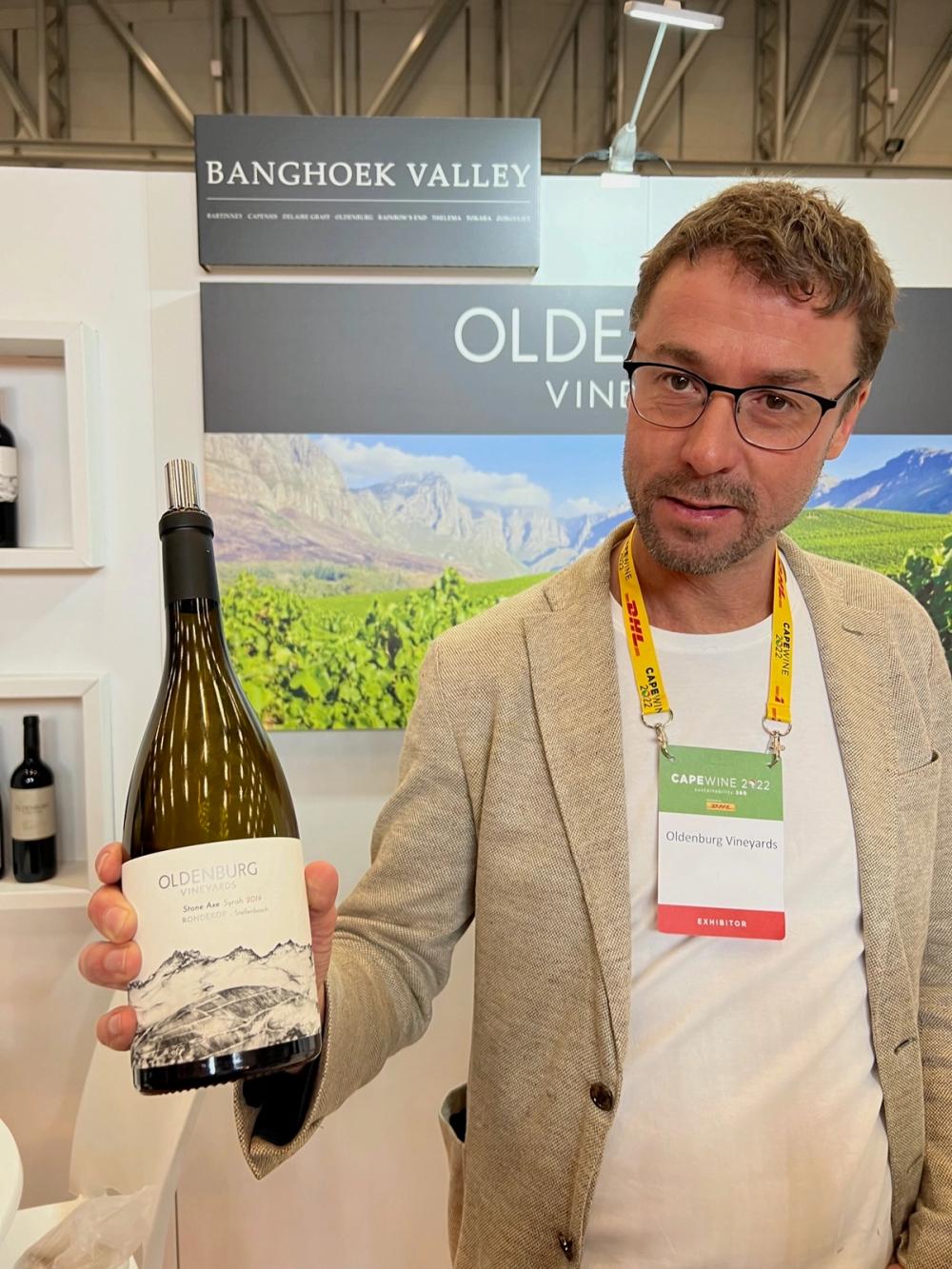
Nic van Aarde at this year’s Cape Wine in South Africa was able to show the first vintage he was responsible for making
Although van Aarde has been with Oldenburg since 2018 it is only now that the first vintage that he worked on, 2019, is being released to the market – which also marks the first vintage to be made in Oldenburg’s new purpose built winery.
He uses whole bunches and wild yeast fermentation in his white wines and has introduced a concrete egg to help soften the edges in the Chenin Blanc in particular. The Chardonnay is placed in smaller lightly toasted barrels in order to get that “lovely fat, mid palate influence,” he says.
“Having our own winery and cellar has made such a big difference. It means we can also experiment with different formats and can blend and ferment and pick when we want. It’s a lot harder to do that and be as flexible when you are using someone else’s winery. It’s been good to have a few years to put things into place.”
A cornerstone of the Oldenburg range is its Vineyards series that it hopes is the best expression of each variety it makes. Wines that van Aarde believes “showcase the diversity of Oldenburg’s vineyards, soils and microclimate”.
Yields are deliberately kept low in order to maximise fruit concentration, and only the best possible grapes are picked and used in the wines.
Then it has its Rodenkop Series featuring three blended wines, the Rhodium (lots rhubarb and brambles and juicy acidity), the Stone Axe (more black plums and blackcurrant) and Per Se (think creme brûlée and vanilla pods and strong tannnis).
Oldenburg was also able to show its premium blended wines at Cape Wine – the mysteriously named <CL° range, including a Merlot, Syrah and Cabernet Franc blend and a Chenin Blanc and Chardonnay blend.
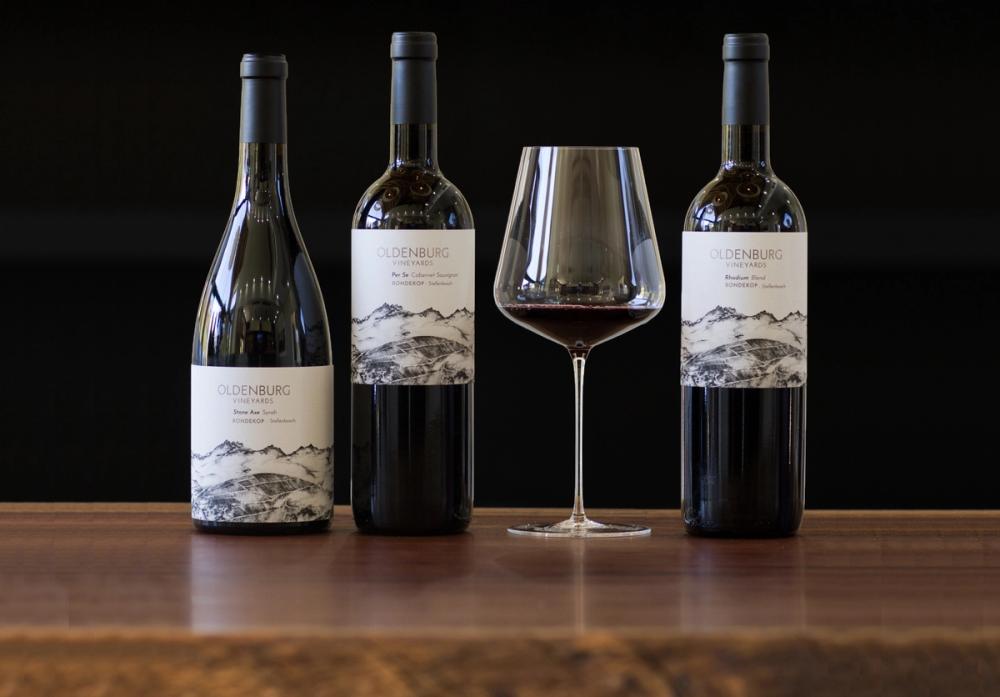
The Oldenburg range
He says he is proud to be “part of a team that has taken the quality of the wines to the next level and truly shown the potential of the terroir of Rondekop”. He adds: “With attention to details in the vineyards, new plantings and small batch fermentation in our state of the art cellar we have elevated the wines.
“The cool climate of the Banghoek Valley is ideal for growing Chardonnay. By next year we would have planted seven new Chardonnay vineyards on Rondekop. The Oldenburg Chardonnay has become one of the most award-winning Chardonnays from Stellenbosch. Cabernet Franc does very well in the corner of the Banghoek Valley where Oldenburg is situated. Rhodium is a Bordeaux blend led by Cabernet Franc, Merlot and a touch of Cabernet Sauvignon.”
It has not all been plain sailing though, he says. “Leaf roll virus is a big problem in the South African, Australian and New Zealand wine industry. We have removed all our virused vines and replanted with virus-free plant material. We have even put up our own laboratory on the farm to test for this virus. I am happy to say that Oldenburg Vineyards is one of the very few virus-free farms in the Western Cape and we plan to keep it that way.”
Marketing story.
As well as the winemaking talent of Nick van Aarde, Oldenburg is lucky to have its very own digital story teller in its team, and the creative talent that is Thys Lombard. Spend any time with Lombard and he will soon be showing you his latest video diary of life on the farm, of his daily walk around the Rodenkop and most intriguing of all a series of innovative videos that tell the story of different wines in the Oldenburg range.
But that is exactly what Oldenburg needs. With so much competition across the South African premium wine category – just within Stellenbosch alone – it is important to find ever more creative ways to tell your story in an imaginative and memorable way.
Lombard says his approach is to create videos that can be quickly shared on different social media platforms. The shorter and more impactful they become. This is not about technical winemaking stories, but using the stunning backdrop of the Banghoek Valley to bring Oldenburg and the wines it makes to life.
His many years filming and photographing high profile rugby internationals has put in good stead to cover life on a wine farm. “I love thinking of new ways to tell our story,” he says. “You have to think about what your customers and consumers find interesting.”
When he is travelling the world supporting and selling the wine, his video camera goes with him telling the Oldenburg story as he goes.
Stories and marketing ideas that are ideal for its new UK partner, Jeroboams, to pick up on. Van Aarde says it is confident Jeroboams are ideally placed to help it widen its distribution across specialist wine merchants and the premium on-trade. “We really think we have a chance to grow with them,” he adds.
- You can find out more at Oldenburg Vineyards website here and follow it on social media at @oldenburgwines.
